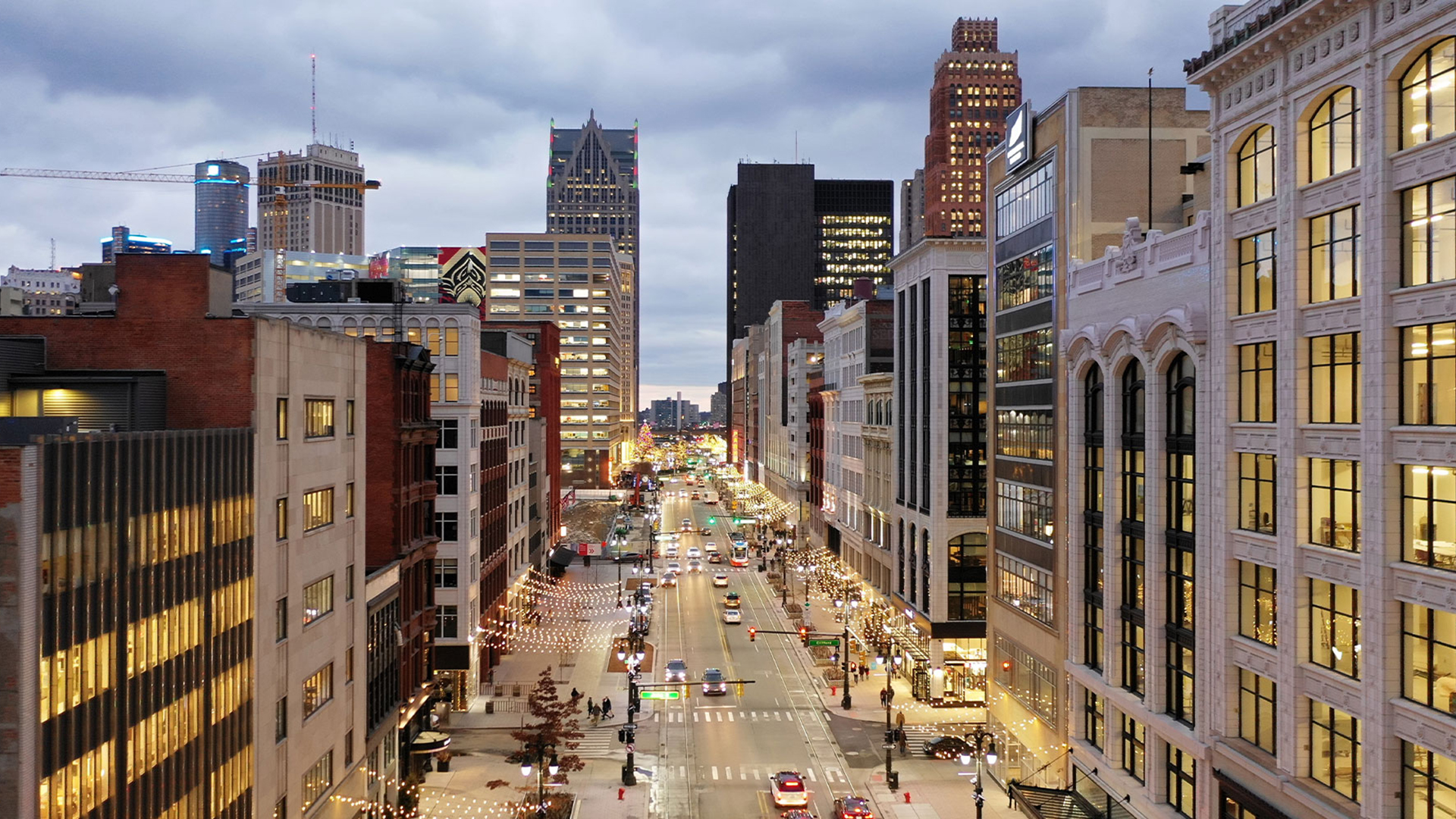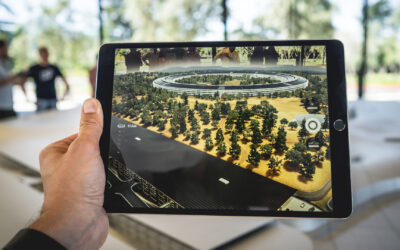While the seismic economic impact of the coronavirus pandemic and related shutdowns sent shockwaves through the economy this past spring, the true long-term effects of a sustained and ongoing slowdown remain to be seen. The good news is that retailers have adapted relatively quickly to these challenging new circumstances. Upgrading online ordering, delivery and pickup options has made it easier for customers to shop safely and confidently. The bad news is that there is no avoiding the COVID elephant in the room: true recovery will be impossible until a vaccine or other public health solution is implemented. The commercial real estate landscape will continue to look very different until that day comes.
What does that landscape look like here in Detroit? How has the commercial real estate market reacted? What retailers are struggling? What might the weeks and months ahead look like for a city that was, prior to the pandemic, held up as a national success story for a remarkable urban renaissance and economic revival?
The gut-punch
Inside the relatively compact boundaries of downtown Detroit’s Central Business District—a retail environment dominated by dining, daily services, and convenience retail for downtown residences and employees—the process that was underway prior to the pandemic was an influx of new high-end and specialty retail for the first time in many years. That process has obviously been interrupted, and it will be fascinating to see how quickly it picks up again post-COVID. For now, Detroit retail is suffering under a similar set of circumstances as the rest of the nation—especially in urban centers. With less foot traffic downtown and fewer people shopping in person, we are seeing something on the order of
a 60-70% reduction in volume. In Detroit, where downtown sports and entertainment has helped fuel the city’s revival, the slowdown has been exacerbated by shortened seasons, fan-free sports, and the absence of gameday spikes in traffic.
Winner and losers
While the depth and breadth of the pandemic-related slowdown has been historic, the fundamental dynamics are similar to any recessionary cycle. Darwinian economic pressures yield winners and losers—even if the depth of the current slowdown has changed the definition of “winning” from “thriving” to “surviving.” Well-located, well-conceived, and well-designed neighborhood retail is generally handling the slowdown better than other retail segments. We have yet to see any noteworthy structural changes to that sector. Across the greater Detroit market, we are also seeing grocery-anchored neighborhood retail continuing to perform comparatively well.
The outlook is less rosy (and more complicated) when we turn our attention to malls and regional retail centers. The best regional malls, like the Somerset Collection mall in Troy, will power through. Some second-tier properties will survive, but there will be some attrition. Virtually no C-level malls will survive, and the COVID crisis will greatly accelerate a process that was already in motion. Creative reuse will be essential, and owners and investors will need to find new uses like office, medical, industrial and storage to transition or redevelop those properties. As a result, the post-COVID retail landscape will likely feature fewer regional enclosed malls, and smaller and more creative retail and mixed-use environments. That shift will likely persist and become the new normal.
Looking forward
Most stores have been focused on the urgency of operational improvements and surviving the initial shock of the pandemic. Expansion is obviously on the back burner for many, so there are fewer noteworthy new deals to track. There are some signs that the retail market is beginning to loosen up somewhat. We could start to see some deal flow as we move into the 4th quarter and the early part of 2021, but that still remains to be seen.
Another issue to monitor closely in the months ahead is the impact of the unavoidable political dimension in an election year. Consumer confidence is closely tied to predictability, and, as a general rule of thumb, uncertainty about the outcome of a consequential election creates some reluctance to spend. That makes 2020 something of a perfect storm. With a tense political climate and a pandemic backdrop, those factors could be even more impactful this year than in the past. Regardless of your political affiliation, additional layers of uncertainty and stress are not conducive to more consumer spending.
While good news has been relatively rare over the last six months, one of the heartening aspects of the retail marketplace specifically is how resilient it tends to be. The retail sector has some of the most creative and entrepreneurial-driven people and brands. The most successful of which have become supremely adept at evolving quickly to meet the needs of notoriously fickle consumers. Along with strong underlying fundamentals and what will surely be significant pent-up demand, we have plenty of reasons to believe that the retail landscape in Detroit and across the country will rebound relatively swiftly when the virus is under control. So, while stormy weather persists, the vessel remains sturdy, and the prospects for clear sailing ahead remain good.
If you’re interested in receiving a complimentary, no-obligation commercial real estate consultation, contact Farbman Group and get in touch with an expert today.
Ronald J. Goldstone is an EVP with NAI Farbman and also serves as the past Chairman of the NAI Global Retail Council. Ron has over 30 yrs of real estate experience involving a variety of real estate transactions including the sales and leasing of prime commercial land, big box retail, shopping centers, hospitality, bank branches and restaurants.




